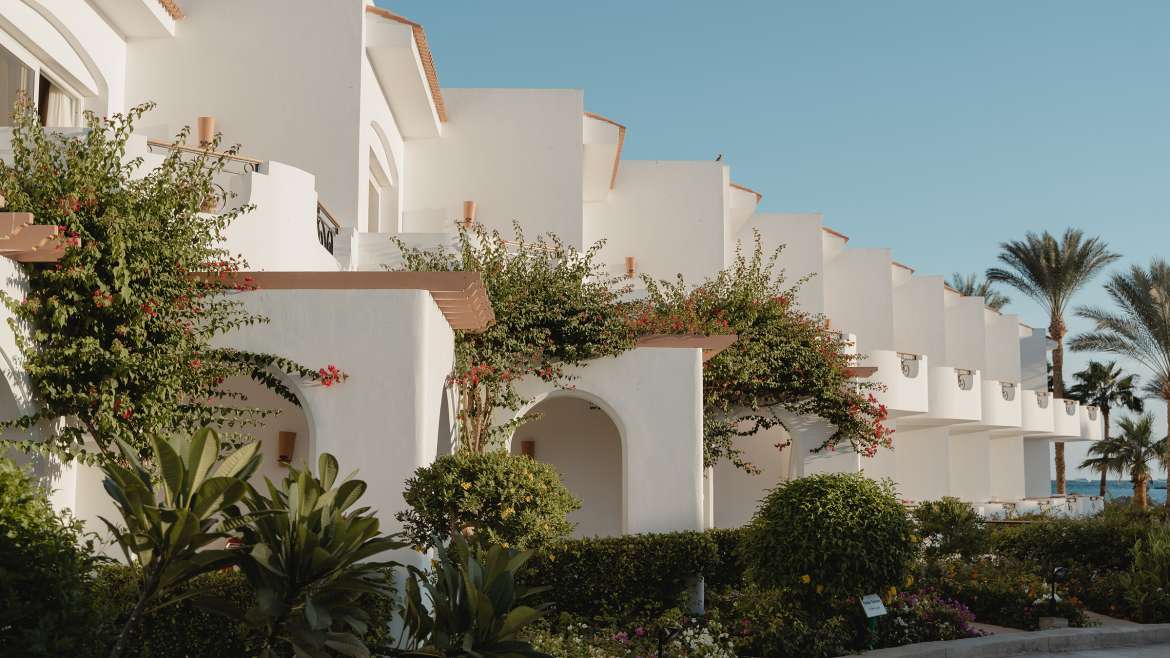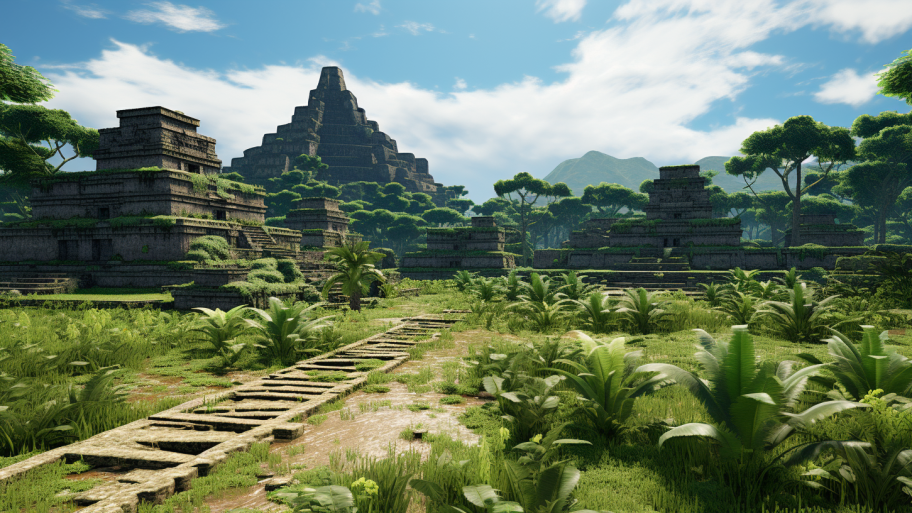Ancient Egyptian agriculture and gardening were characterized by an impressive array of plants and innovative techniques that enabled the civilization to flourish for thousands of years. From staple crops that formed the basis of their diet to ornamental plants that adorned their gardens, the Egyptians cultivated a diverse range of species that continue to inspire and influence modern gardening practices.
Among the many crops grown by the ancient Egyptians, some of the most important included wheat, barley, flax, and various fruits and vegetables. Wheat and barley were the primary cereal crops, used for making bread and beer, which were essential components of the Egyptian diet. Flax was grown for its fibers, which were used to produce linen for clothing and other textiles.
Egyptian gardens also featured a variety of fruit trees, such as figs, dates, and pomegranates, as well as vegetables like onions, garlic, lettuce, and cucumbers. These nutritious crops provided the Egyptians with a diverse and balanced diet and were often used in religious ceremonies and offerings to the gods.
The ancient Egyptians were also known for their cultivation of various herbs and medicinal plants. For example, they grew plants such as coriander, cumin, and anise for their culinary and medicinal properties. These herbs played a vital role in ancient Egyptian cuisine, adding flavor and aroma to their dishes, and were believed to possess healing powers.
Some specific examples of plants from ancient Egypt that could be grown in modern gardens include:
- Date palm (Phoenix dactylifera) – A tall, graceful palm tree that produces edible, sweet fruits called dates. In ancient Egypt, date palms were highly valued for their fruit, which was used as a food source, sweetener, and in the production of fermented beverages.
- Pomegranate (Punica granatum) – A deciduous shrub or small tree that produces round, red fruits with juicy seeds. Pomegranates were appreciated in ancient Egypt for their culinary and symbolic significance, often associated with fertility and prosperity.
- Fig (Ficus carica) – A deciduous shrub or small tree that produces sweet, edible fruits. Figs were cultivated by ancient Egyptians for their delicious taste and nutritional value, often consumed fresh or dried.
- Coriander (Coriandrum sativum) – An annual herb with aromatic leaves (also known as cilantro) and seeds that are used in cooking for their distinct flavor. Coriander was grown in ancient Egypt for its culinary and medicinal properties.
- Cumin (Cuminum cyminum) – An annual herb with small, elongated seeds that are used as a spice for their warm, earthy flavor. Cumin was cultivated by ancient Egyptians for its culinary and medicinal uses.
- Anise (Pimpinella anisum) – An annual herb with delicate, feathery leaves and small, aromatic seeds that have a sweet, licorice-like flavor. Anise was valued in ancient Egypt for its culinary and medicinal properties, often used to flavor foods and beverages, as well as to aid digestion.
- Garlic (Allium sativum) – A perennial bulb-forming plant with pungent, flavorful cloves used extensively in cooking and for medicinal purposes. Garlic was widely cultivated in ancient Egypt for its taste, health benefits, and as an ingredient in various remedies.
- Onion (Allium cepa) – A biennial or perennial plant that forms a bulb with layers of fleshy, flavorful leaves. Onions were an essential ingredient in ancient Egyptian cuisine and were also used for their medicinal properties, such as treating infections and promoting overall health.
- Carob (Ceratonia siliqua) – An evergreen tree with edible pods that can be used as a substitute for chocolate. The ancient Egyptians used carob for its sweet taste and nutritional value.
- Sesame (Sesamum indicum) – An annual plant with seeds that are rich in oil and used for cooking and baking. In ancient Egypt, sesame seeds were highly valued for their oil content and used in the production of various food items and cosmetics.
For those interested in growing these ancient Egyptian plants in their own gardens, Heritage Harvest Seed offers a variety of seeds and gardening supplies. For example, you can find a Nile River Egyptian tomato seeds for tomatos similar to those grown close to the Nile River in ancient Egypt.
In addition to their diverse plant cultivation, the ancient Egyptians employed several innovative techniques in their gardens. These included crop rotation, which involved planting different types of crops in the same area over a series of seasons to maintain soil fertility and reduce pest infestations. They also practiced intercropping, where different plants were grown together to maximize space and promote symbiotic relationships between species.
The ancient Egyptians’ horticultural expertise extended to their ornamental gardens, where they created stunning, intricate designs that incorporated both native and exotic plants. These gardens served as peaceful sanctuaries, places for relaxation and contemplation, as well as symbols of wealth and status.
By exploring the key plants and techniques used in ancient Egyptian agriculture and gardening, we can gain a deeper understanding of this remarkable civilization and its lasting impact on the world of horticulture. Moreover, by incorporating some of these ancient practices and species into our own gardens, we can create beautiful, productive spaces that pay homage to the rich horticultural legacy of ancient Egypt.




